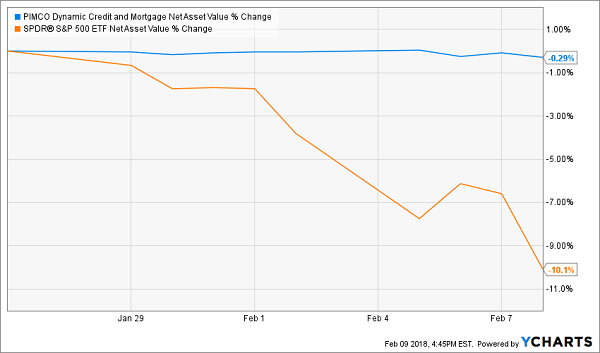If you feel trapped “grinding out” dividend income with popular 2% and 3% stocks and funds, here’s the three-letter acronym that will fund your retirement:
C-E-F
For whatever reason, closed-end funds don’t have nearly the following – or analyst paperazzi – that dividend-paying stocks boast. This “secret” is one of the last great efficiencies in an otherwise tough-to-beat market.
And we contrarian income hounds will gladly take this edge…
After all, it doesn’t make much sense that we can trade in our “dumb” stocks, ETFs and mutual funds for superior tickers that:
- Yield 6%, 7%, 8% or more,
- Pay their investors every month,
- Often trade at a discount to the assets they each own, and
- Are managed for free (I’ll explain more later) by a top-notch investment manager.


Recent Comments